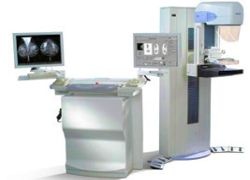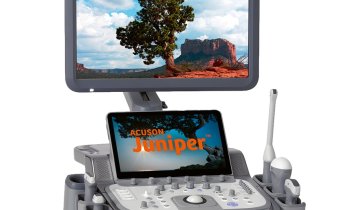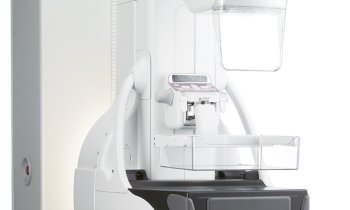Digital mammography: Higher detection rate for DCIS
The Vestfold County Study, performed by Norwegian researchers, is the first large scale study comparing the results of a particular full-field digital mammography system (FFDM) with that of conventional mammography. Einar Vigeland, Department of Radiology, Vestfold Hospital, Tønsberg, Norway, and his colleagues collected data over a period of two years.

324,763 women were screened with screen film mammography (SFM), whereas 18,239 women aged 50-69 years were examined as part of the Norwegian Breast Cancer Screening Programme (NBCSP) using a Hologic Selenia digital mammography system. The Selenia system uses direct capture (selenium) technology and unique image-processing algorithms that provide sharp, high contrast images.
The researchers discovered that full-field digital mammography not only offers a higher detection rate of cancer in general, but also a significantly higher detection rate for ductal carcinoma in situ (DCIS) than screen film mammography.
Full-field digital mammography also had a higher positive predictive value for cancer (PPV), while the technical recall rate was lower.
No statistically significant differences were recorded concerning histological morphology, tumour size, or lymph node involvement.
The study was published online in the journal European Radiology.
For further information please click here.
10.09.2007










